Amanda Taylor
Showing with Jim Boddington Ceramics at 37 Parkholme Road.
Tonight Hackney's Mayor and Cabinet will consider a report recommending that all decisions regarding selling off three sites in Dalston's "Cultural Quarter" to the private sector, should be delegated entirely to Council officers. If approved, it means that the elected Mayor and Councillor's will have no further say on any of the private deals reached and whether the public's interest has been properly secured.
The whole site at 10-14 Ashwin Street was purchased, in Hackney's name in 1985, with government grants and private charitable donations raised by the community educational charity Pyramid Arts Development Company Limited. Pyramid's aims were to encourage the arts including drama, ballet, music, singing, literature, sculpture and painting. It had a stellar line-up of creative people involved but sadly in 1994 financial difficulties forced its closure. (I'm told Hackney refused Pyramid a licence for live perfomance and a bar, so it became financially unviable Ed.). Since 2005 the buildings have been managed as artists studios by V22
Next Monday Council officers are recommending Hackney buys £63,000 of scaffolding to erect in Ashwin Street, for health and safety, in case bits start falling off its buildings. There's no price given for the cost of repairs to stop that happening. Or even any independent professional survey to be seen. Hackney are also recommending the outright sale of the buildings, privately, with vacant possession, for "best consideration". Everyone there's been told to get out. (It does sound like a stich up. Ed.)
If you wanted to read the Hackney Council Cabinet Report, with more about the sell off and the £63,000 of scaffolding which could be arriving soon, you can't. It's not published on Hackney's website. There's only rogue advance copies circulating marked Supplementary Papers II.
Update: Hackney have published the report. It's here
True, scaffolding is not really news in Ashwin Street, We've seen it before in 2010, with Four Deaths and a Burial, when Hackney scaffolded and demolished the heritage terrace at 2-8 Ashwin Street. Hackney said it didn't realise that it had owned them since1977 as they gradually fell into dereliction . That site is now up for sale too. And the one opposite, destroyed by bombs in World War II ( I'm getting a sense of deja vue here. Ed.)
The management of Dalston's heritage and cultural buildings, including the Ashwin Street "Cultural Quarter", has been one of neglect, studied decay, sale and demolition.

Edwin Horne's surviving 1870 Ashwin Street buildings are a fine legacy in Dalston. They should be revealed and cherished, not concealed by scaffolding as if awaiting some mortal fate.
(It's rumoured a load of scaffolding has fallen off the back of a lorry locally. Anybody else heard anything? Ed.)
On 24 March Hackney's Cabinet will be considering the sale of some family silver - sites it owns in Dalston's "Cultural Quarter". The sites include 10 -14 Ashwin Street, townscape buildings which are locally listed and in the Conservation Area. They are currently providing affordable studios for 30-40 artists and have a long cultural legacy, including performance arts, since the 1980s. The site also includes the Eastern Curve Garden's only indoor space - its "Hothouse" meeting place, office and toilet. How will the Garden survive if it loses those, on top of having a redevelopment site next door?
Cash strapped Hackney is said to be seeking a sales valuation based on demolition of the buildings and re-development as luxury flats. It has already said that all the artist tenants must leave by 1st April, because the buildings have suddenly become 'too unsafe' to remain. The Eastern Curve Garden is also partly on the site so a future purchaser could decide its Hothouse and facilities have to go too.
The sell-off is part of a plan to privatise Dalston's "Cultural Quarter"sites first revealed in 2018. The buildings have a rich legacy of cultural and community benefit, but this has yet to be appropriately valued by Hackney. Responding to community outcry in 2018, Hackney's previous Mayor appeared concerned to ensure that preservation of the local heritage, culture, community benefit and affordable workspaces was fully considered. ( What has changed...will the new Mayor feel the same way? Ed.)
10 -14 Ashwin Street was designed by the eminent Victorian architect Edwin Horne in 1870. The frontages have decorative brick, stone and iron work detailing although these are presently disfigured by shabby white paint. Edwin Horne's other houses in Ashwin Street were demolished by World War II bombs and in 2010 by Hackney Council. He also designed the Reeves and Son Artists Colourworks at 18-22 Ashwin Street and the stations at Hackney Central and Grade II Listed Camden Road.
On 20th January 2025 a consortium of social enterprises lodged a bid with Hackney Council to re-open the former Colvestone Primary School as a community educational, cultural and social hub. The consortium has set out its proposals in an "Expression of Interest".
The Council had resolved in December 2023 that, due to falling pupil numbers and loss of education subsidies, it would close the school. Hackney promised to consult on future uses but the community presently remains in the dark about its current plans. The school finally closed in August 2024.
An application nominating the school buildings and land as an Asset of Community Value (ACV) was made in September 2024 by members if the local community “to ensure that future uses of the Colvestone Primary School buildings and land shall continue to serve the social interest and wellbeing of the local community as it has done in the past.” Hackney Council accepted the nomination and registered it as an ACV on 19 December 2024 It concluded that “it is realistic to think that there will be a time within the next five years when the main use of the building and land could further the social wellbeing or social interest of the local community ”.
The consortium includes:
- two charitable museums holding national collections : the Pollocks Toy Museum and the Bakelite Design Trust
- two arts organisations which manage affordable studios for artists and other creative businesses – V22 and the Bomb Factory Arts Foundation
- Julian Joseph OBE, Dalston resident Floating Points and other established musicians offer support for a Music Hub where young people can learn, record and perform their music;
- the Eastern Curve Garden offers support for managing the open space and rooftop garden and
Opportunities remain open for other proposals including use of the school kitchen facilities eg for teaching nutrition and cooking affordable meals and use of the former nursery school eg for a local shoppers creche
Bill Parry-Davies who is co-ordinating the consortium’s bid, said “All across London schools are closing as a result of London becoming unaffordable for young families. Local Councils are being starved of government funds and so there is a real risk that these fine public buildings will be permanently lost to our communities. Viable alternative uses which confer community benefit, like the Colvestone School bid, are possible and these would preserve and enhance the rich architectural, educational and social heritage which these former schools embody.”
Julian Joseph of the Music Hub said “ Often before anything community oriented can be achieved with a building, such as the now former Colvestone School, it’s possibilities are routinely removed before its artistic potential can even start to be realised. Hackney is in a great position to evolve this former school building into a thriving musical facility and absolutely fulfill a great necessity.”
Floating Points said "Nurturing this kind of endeavour would bring about vital and exciting opportunities to my fellow Dalstonites. For education and cultural nourishment within the community I wholehearteldy support this application and have myself benefitted from this kind of programme in my youth"
Eran Zucker of V22 said “Colvestone School offers a unique opportunity to create a vibrant hub for education, creativity, and community collaboration. At V22, we are committed to preserving spaces where artists, makers, and local residents can come together to share skills, create, and innovate. Being part of this project reflects our deep belief in sustainable and inclusive spaces that enrich the cultural and social life of Hackney."
Background facts
Built in 1862 in the Gothic style, Colvestone Primary School was one of the six purpose built Birkbeck Schools established by William Ellis. The schools were named for George Birkbeck, founder of Birkbeck University of London and a pioneer in education. The school became publicly owned in 1906 when it was transferred to the London County Council and was thereafter run as a community primary school by the Inner London Education Authority and, since 1990, by Hackney Council.
Designed by Thomas Knightley, the school, and its forecourt railings, were listed on the National Heritage List as Grade 2 in 1975. It was recognised in the local St Mark’s Conservation Area appraisal as one of the “highest quality buildings” in the area and an “exceptional public building”.
The Council report of December 2023 outlining its school closure plans stated “The Council has been reviewing options for alternative uses. This is very challenging work in the current economic climate, because it is very difficult to find financially sustainable uses…we will do our best to steer these sites into locally relevant and valuable uses mindful of the extreme financial pressure the Council is under and the need to minimise the impact on our finances. We will take into account the views of the community, the needs of the local neighbourhood, and the need for financial sustainability.”
Despite a vigorous and strongly argued local campaign by Save Colvestone School, Hackney finally closed the school, and a number of other primary schools, in August 2024 due to falling pupil numbers. There is an overall 20% vacancy in Hackney’s schools and further closures are anticipated.
Hackney has so far declared 4 of its 58 community primary schools, including Colvestone Primary School, redundant in December 2023 because of falling numbers of children enrolling. Hackney said it would lose £30million of government pupil subsidy overall in 2022/23 due to 20% unfilled school places. Housing costs driving families out of London was one factor cited.( For years Hackney has consistently failed to insist that developers meet its targets to build new affordable family housing in Dalston. Ed.)

Showing with Jim Boddington Ceramics at 37 Parkholme Road.

70 Wayman Court, Eleanor Road, E8 3NN
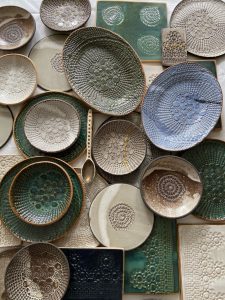
2 Broadway market news E8 4TS

Finch Cafe, 12 Sidworth St, E8 3SD
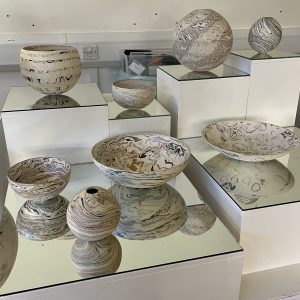
17 1/2 Cecilia Road, E8 2EP

71 Greenwood Rd, E8 1NT

Studio opposite, 30 Wilton Way, E8 3EE
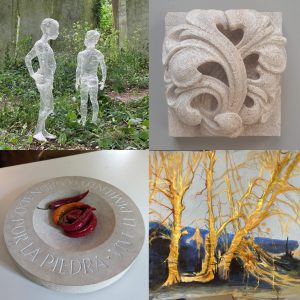
107 Forest Road, E8 4B

8 Andrews Road, E8 4QN

Stow Brothers, 5 Amhurst Road, E8 1LL
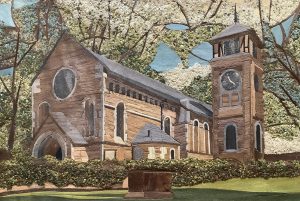
1a Malvern Road, E8 3LT

Flat 6, Chessum House, 10 Lansdowne Drive, E8 3GJ
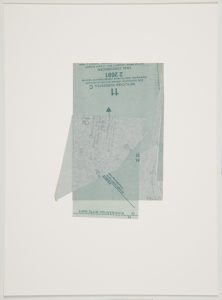
11 Mentmore Terrace, Opposite London Fields Station, E8 3PN
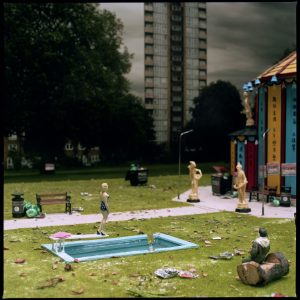
23 London Lane, E8 3PR
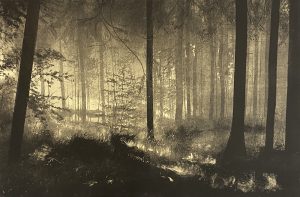
31 Colvestone Crescent, E8 2LG
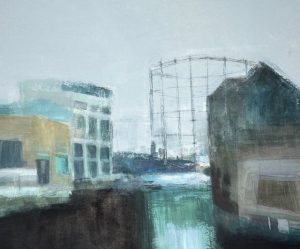
39 Navarino Road, E8 1AD

26a Sandringham Road, E8 2LP

32 London Lane, E8 3FU
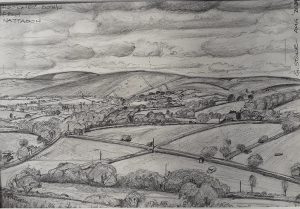
34 Cecilia Road, E8 2ER
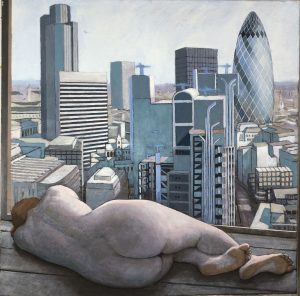
29A Colvestone Crescent, E8 2 LG
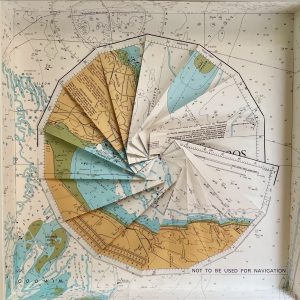
17 1/2 Cecilia Road, E8 2EP
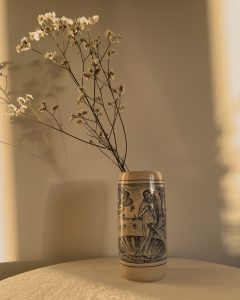
Studio opposite, 30 Wilton Way, E8 3EE

10 Martello Street E8 3PE

37 Parkholme Road, E8 3AQ

40 Welshpool House, Welshpool Street, E8 4PE
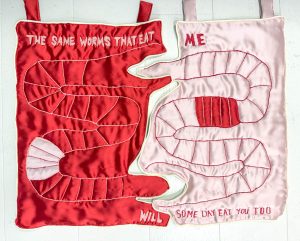
Wilton Way Gallery, 61 Wilton Way, E81BG
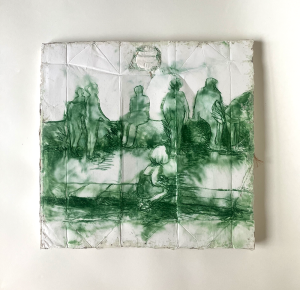
73A Navarino Road, E8 1AG
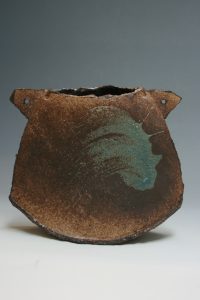
7 Broadway Market Mews, E8 4TS
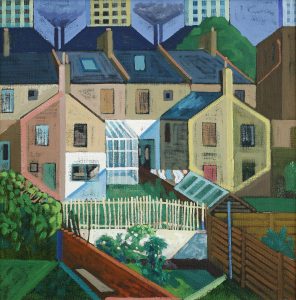
28B St. Philips Road E8 3BP
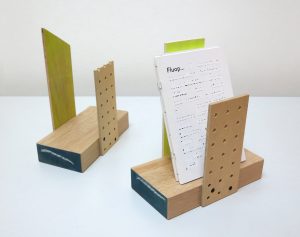
11 Ramsgate Street, E8 2FD
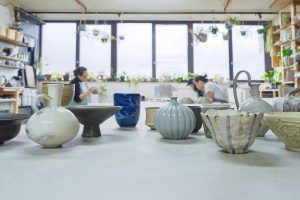
TOKOBO pottery, Unit 74 Regent Studios, 8 Andrews Road E8 4QN
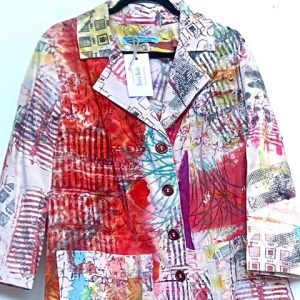
57 Colvestone Crescent, E8 2LJ
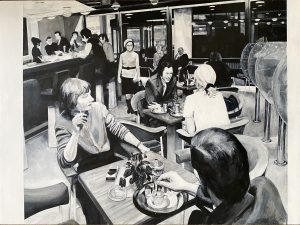
Finch Cafe, 12 Sidworth St, E8 3SD
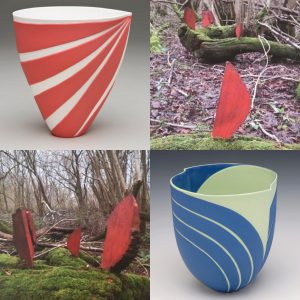
84 Middleton Road, E8 4LN
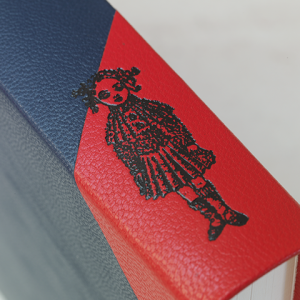
57 Colvestone Crescent, E8 2LJ
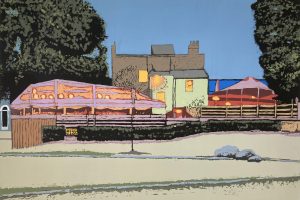
63 Lansdowne Drive, E8 3EP

Cell Studios, Unit F9, 23-27 Arcola Street E8 2DJ Entrancethrough the green gate; please ring the bell for Unit F9
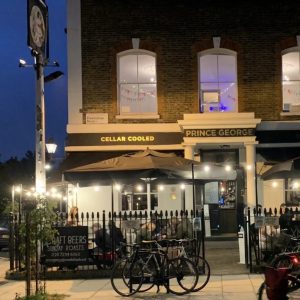
40 Parkholme Road, E8 3AG
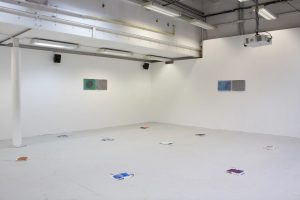
45 Broke Walk E84SH

Cafe Melo, 103 Shacklewell Lane, London, E8 2EB